When you enter the field of electronics, learning the theory is not enough. You have to put it into practice and learn from the actual application. In electronics, you will have to engage in projects regularly. And to do practical experimentation or even prototyping, you must be prepared with the right tools. But there are a lot of tools and equipment you can use for your electronics projects! In this article, we will go through the most essential ones for you.
Most standard tools are available at your local hardware or home improvement store. Due to modification and development, other tools and equipment are unique and offered only in a specialty store. Many electronic components are tiny, so for starters, you need to have proper storage and identification.
Let’s get going!
Soldering Iron
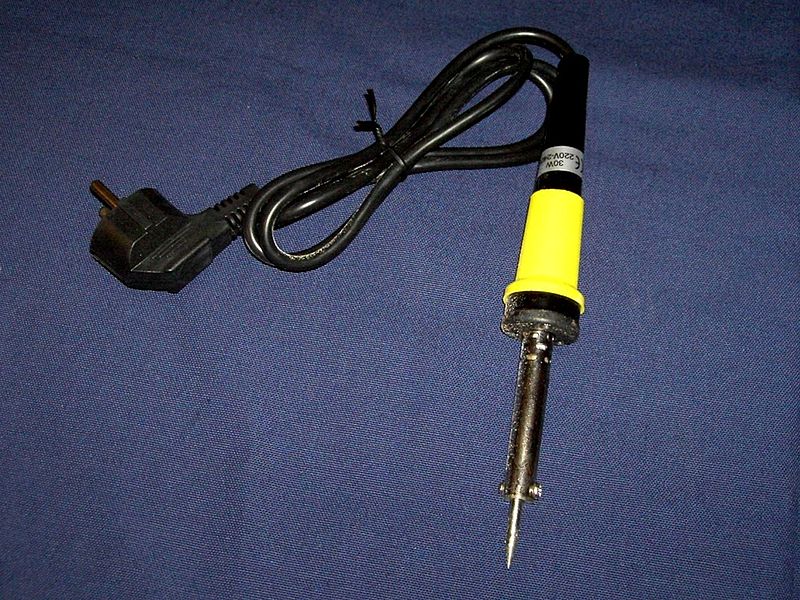
First things first, having a soldering iron is an absolute must. With this, you can assemble your components for the circuit you are making. Soldering is a technique of joining metal parts together, which involves melting a metal called solder or lead into spaces between metal components.
A soldering iron supplies heat to melt solder so it will flow into the spaces between enjoined components or workpieces. When the melted solder hardens, it creates a permanent connection between the parts. It is composed of a metal tip that is heated and an insulated handle. Aside from assembling or putting elements together, a soldering iron can be used in repairs and installations.
You must take extra precautions in using this tool because it involves heat, and if used without proper care, you can get hurt. You can also destroy some components in the circuit if you aren’t careful enough. Always be mindful of the safety requirements.
Soldering Station
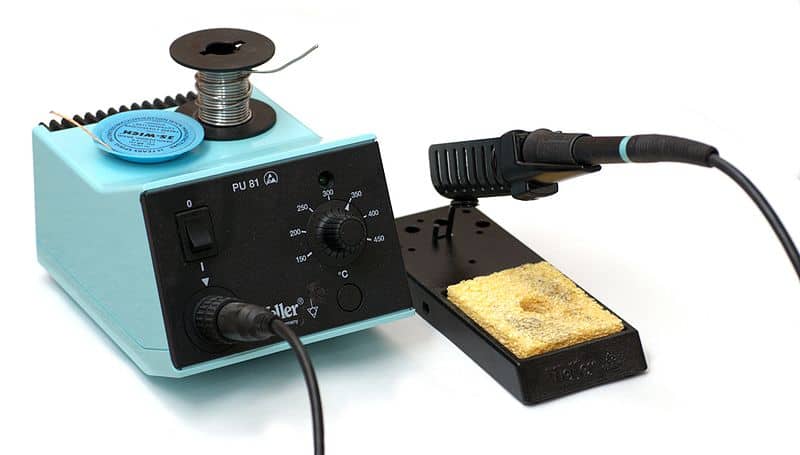
A soldering station is the control station for your soldering iron. With this, you can make adjustments to set your desired temperature. The soldering station consists of controls, soldering irons, stand and desoldering tweezers. This equipment is used in electrical and electronics engineering. Having a soldering station in an electronics lab is usually necessary.
To avoid the frequent changing of soldering tips and readjusting soldering temperature, some soldering stations use several soldering irons simultaneously to make the process quicker and more convenient.
Solder Remover

As you can solder elements or components together, you can also desolder them. And such action is called desoldering. It is the removal of solder and parts from a circuit board or a PCB. The tools needed in this process are the solder removers, which are helpful for troubleshooting, repair, and replacement. Just be careful in using this tool to avoid possible damage to any of the components and even to the circuit itself.
You can always use a soldering gun to desolder. However, there are also other tools used to remove solder. These are desoldering tweezers, also called hot tweezers, hot air guns, infrared heaters, and desoldering pumps or solder sucker.
Precision Screw Driver Set
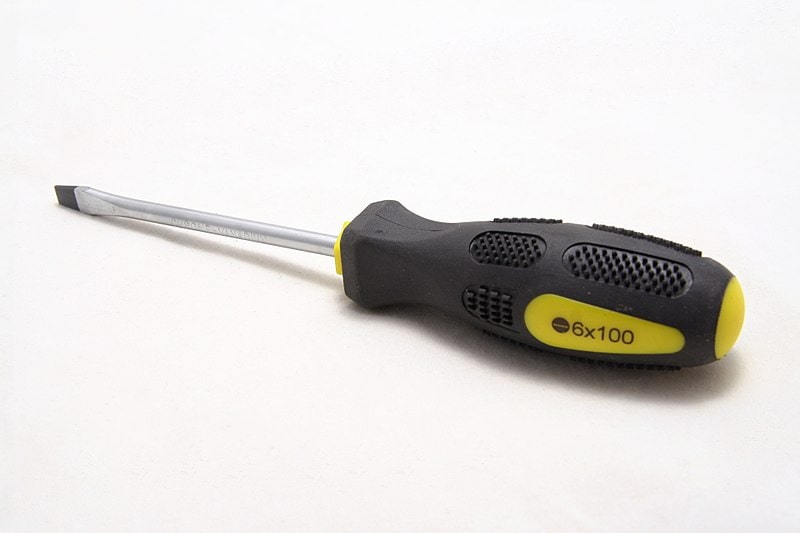
Precision screwdrivers usually come in a set, and they are used mostly by jewelers. Screwdrivers are tools which can be manual or powered used for installing and uninstalling. A typical screwdriver has a handle and a shaft. Some manual screwdrivers have interchangeable tips that can be very helpful in making your craft.
There is a wide variety of screwdrivers you can find in your local hardware and also online. They can come in different types and sizes. The difference over the normal ones is the precision of the tips of each driver.
It is essential to use the right type and size to avoid possible damaging of the screw or bending the shaft in the process of tightening. Thus, it is best to select a tip made to fit precisely. When you are working with small, intricate devices, this set of screwdrivers is perfect for the job.
Precision Plier Set
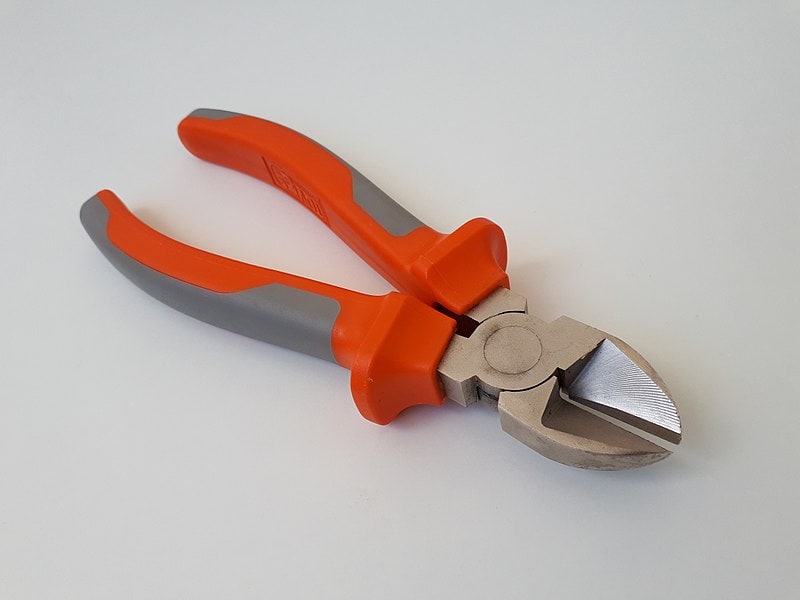
Like screwdrivers, there is also a wide variety of pliers used for various purposes. They also come in different types and sizes. Pliers are hand tools used for holding things firmly. It has jaws that tightly grip any object as you press the two handles. Pliers can be used in bending and compressing a wide range of materials.
A precision plier set comes in handy when working in tight spaces. They are instrumental in cutting, manipulating, or working in general, with smaller and more intricate or delicate materials. These usually have small and narrow jaws to reduce or tighten sensitive components on circuit boards. Jewelers also use these.
Wire Cutter
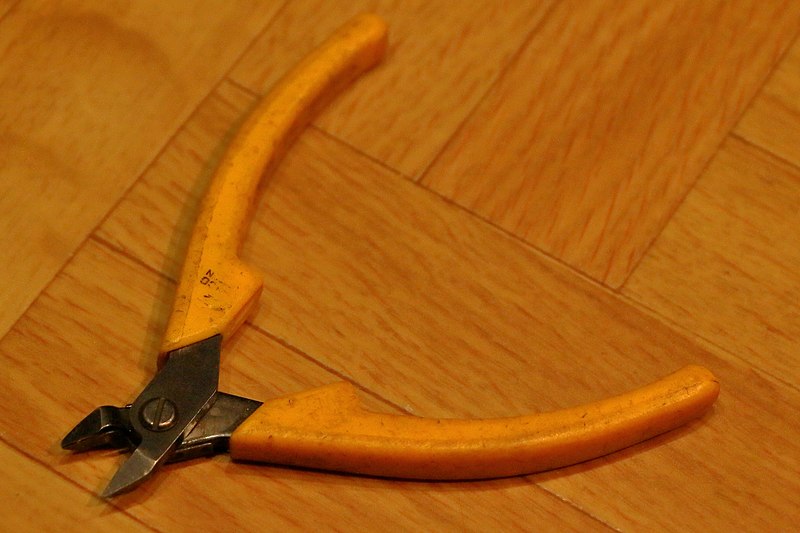
In electronics, it is a given that you will have to deal with wirings. Manipulating wirings means that you have to cut them. Wire cutters are used in cutting copper, aluminum, steel wires, etc. These can also come with insulated handles to protect you from getting shocked when working with cables.
A type of wire cutters is the diagonal cutters. These cutters have intersecting jaws that cut wires at certain angles, unlike the symmetrical cutters. It allows you to cut a cord very close to its base. Electricians or technicians commonly refer to these types of cutters as flush cutters. Wire cutters are essential when working with electronics projects.
Wire Stripper
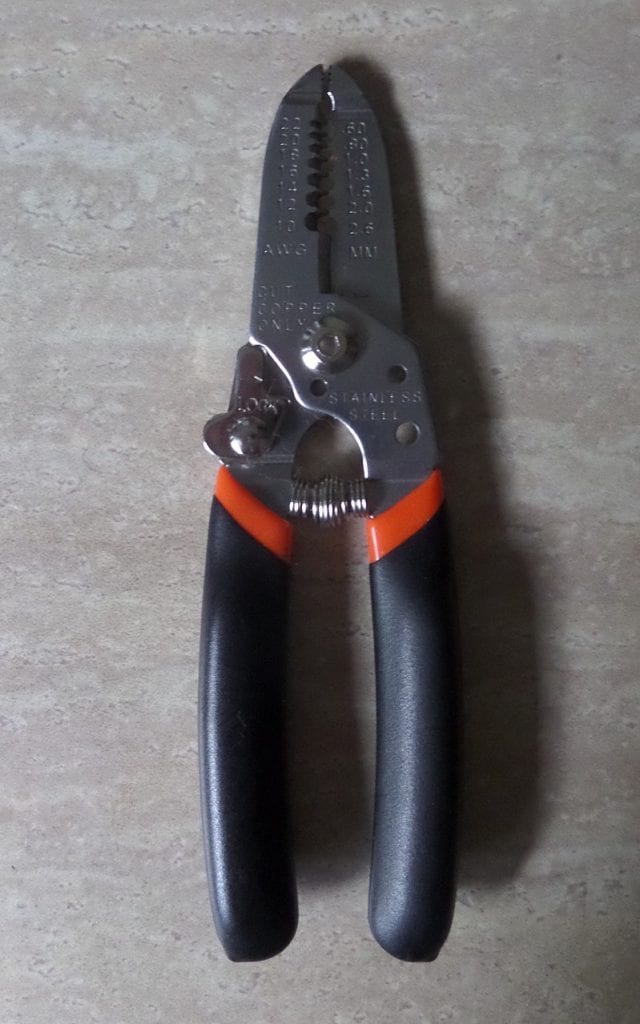
Wire strippers remove the insulation from electric cables to make contact. These handheld tools also come in manual and automatic types. With this tool, you can easily strip wires without damaging any part. Using wire strippers will save your time and your wires.
When choosing a wire stripper, make sure that it has a comfortable grip for you to be able to cleanly remove insulation from wires while keeping the actual cable intact.
Hot Glue Gun
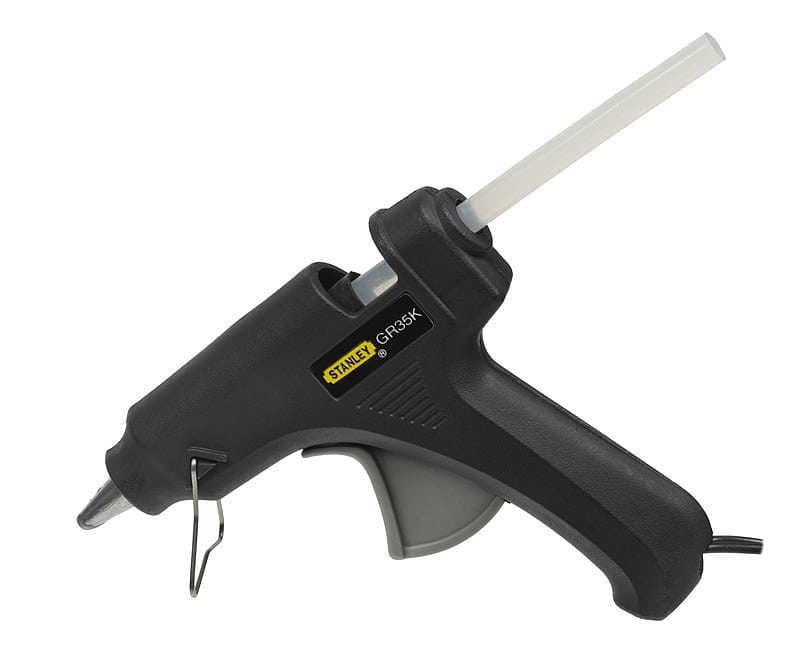
A hot glue gun is always a question primarily among beginners in electronics. Is it okay to use hot glue when working with circuitries? Well, yes. Hot glue is a form of thermoplastic adhesives formed in a cylindrical stick loaded in the glue gun. Hot glue is an insulating material that can help fix or even protect your circuitry, and it does not create stray conducting paths or short circuits.
However, do not use hot glue on thermally sensitive components if you don’t want to damage your components. Also, you definitely don’t want to use this on plastic parts for it may deform or melt due to the heat. You can use hot glue on rugged passive components such as resistors, ceramic capacitors, and coils. Always be careful when dealing with a heated material. It’s better safe than sorry!
PCB/Contact Cleaners
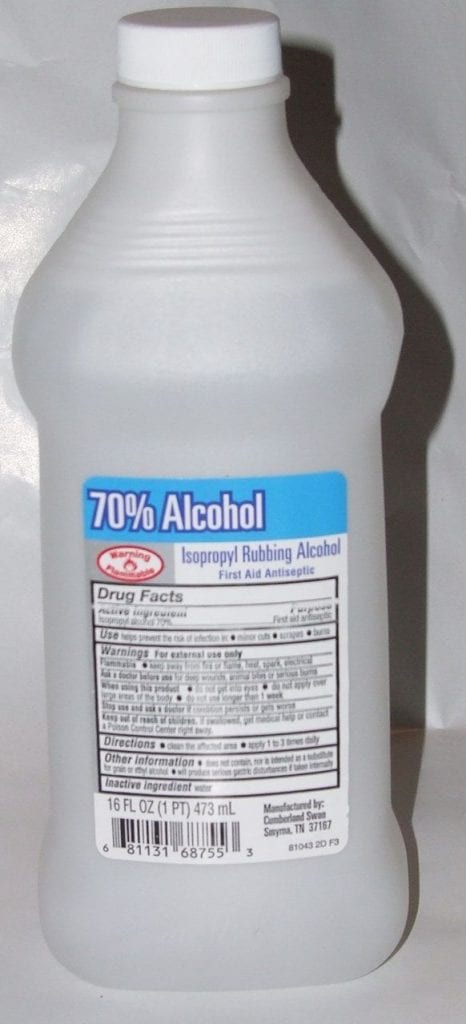
Over time, your circuit boards or PCB can get dusty, so cleaning them would be necessary to maintain proper function. Among the possible ways to clean a PCB are by using baking soda, distilled water, or even compressed air. But the most common is by using isopropyl alcohol or specialized cleaners. Some contact cleaners evaporate rapidly due to its composition, so it doesn’t leave any residue.
Isopropyl alcohol is a colorless, flammable chemical compound with a strong odor, used mostly for medical purposes. This chemical compound makes a great PCB cleaner because it evaporates quickly and is inexpensive. It also contains fewer chemicals compared to other PCB cleaners. For safety purposes, better to use gloves and goggles as you use them with care.
Specialized cleaners include ultrasonic cleaner. This is the fastest and most efficient way to clean your PCB. It removes flux, dirt, dust, and other small particles that have accumulated on your circuit board over time. This also minimizes the wetting current across a pair of contacts. However, a specialized cleaner may tend to be pricey than isopropyl alcohol. Your choice, just make sure they are appropriate PCB or contact cleaners.
Heat Shrink Tubing
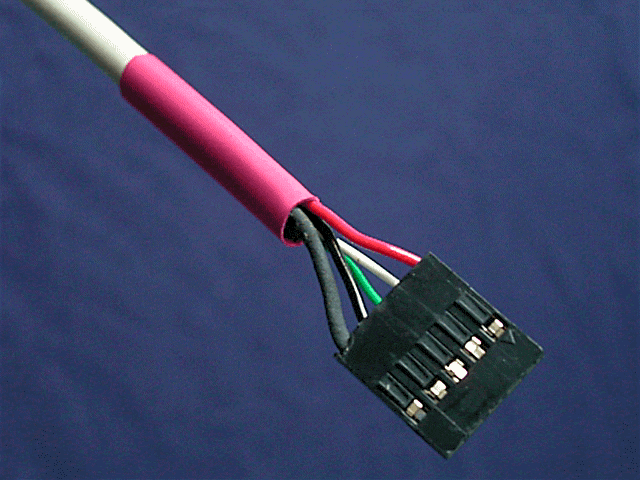
Heat shrink tubing is a shrinkable plastic made of a wide range of thermoplastics. Among its uses are to insulate wires and provide protection for stranded and solid wire conductors, connections and terminals in electrical work. It is also useful for repair, sealing, and troubleshooting as it allows for barriers between cables and corrosive chemicals.
Heat shrink tubing comes in different colors. Although colors don’t matter much, you can make use of it for easy identification of your wires.
Heat Sink Paste
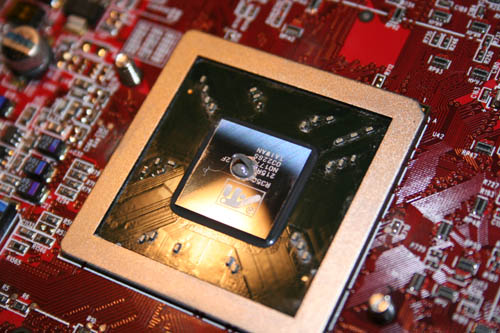
Heat sink paste is used to bond a component with a mechanical heat sink. It is also called thermal grease, thermal paste, or heat paste. Although heat sink paste does not have the thermal conductivity of metals, the improvement over the air will increase thermal responsiveness. However, the metal-based thermal paste can be electrically conductive and capacitive; if some flows onto the circuits, it could lead to malfunction and damage.
As opposed to thermal adhesive, thermal paste does not add mechanical strength to the bond between the heat source and heat sink. It is used to improve the heat coupling between different components such as filling the gap between the CPU (central processing unit) or other heat-generating components.
Rotary Tool (Dremel)

Rotary tools are handheld power tools with a rotating tip. These tools accept a variety of attachments for different tasks, from grinding to cutting, which makes it very versatile. Rotary instruments are best for home improvements. These are also a staple for woodworking and hobby craft. Rotary tools employ a circular motion that makes them perfect for precision work and softer materials.
Dremel is an American brand of power tools known primarily for its rotary tools. The Dremel concept relies on high speed as opposed to the high torque of a conventional power drill. It can perform drilling, grinding, sharpening, cutting, cleaning, polishing, sanding, routing, carving, and engraving. Both battery-powered and corded models are available.
Drill and Drill Bits
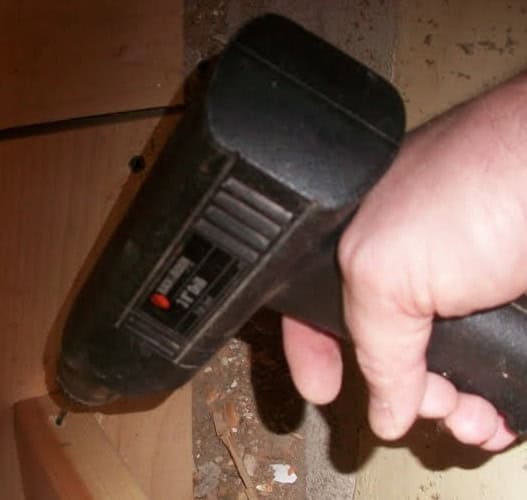
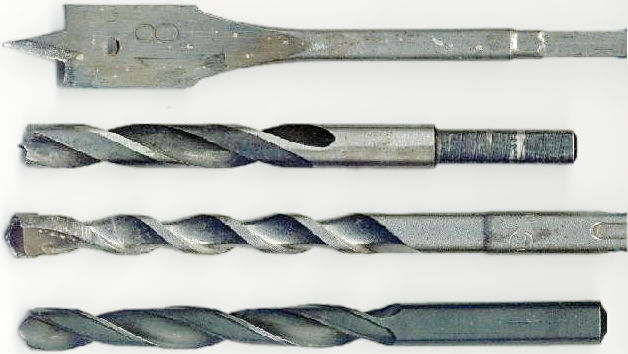
Drills are electric tools primarily used for drilling holes or driving fasteners. Though it varies in speed, power, and sizes, among its uses are in wood and metal works, machine tool fabrication, construction, and utility projects. Hand-operated and cordless battery-powered types are both available in the market.
Now, in using drills, you need to have the drill bits. These come in many sizes and shapes, which can create different kinds of holes in various materials. The drill bits are attached to the drill, which powers to cut through any workpieces, typically by rotation. To get the job done quickly, you must choose the right drill bit.
Bench Vise
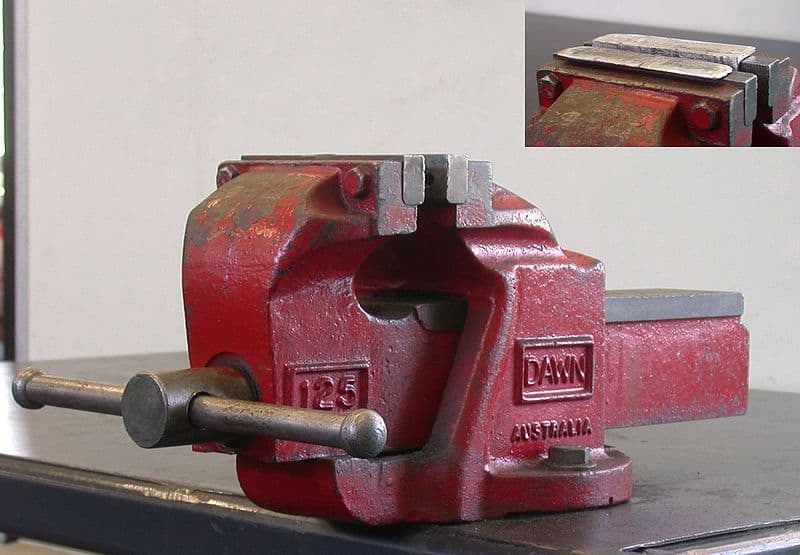
A bench vise is a mechanical apparatus used to hold an object while performing work on it. Vises have two parallel jaws, one fixed and the other movable, threaded in and out by a screw and lever. There are many types of vises; woodworking, engineer’s machine, vacuum, pipe, and more.
Bench vises do not necessarily need to be attached to workbenches—as long as the working surface is stable, a bench vise can be attached either directly to the surface or the side. Bench vises vary according to their strength, durability, and application. Heavy duty and medium duty bench vises are commonly used for industrial operations.
Helping Hands
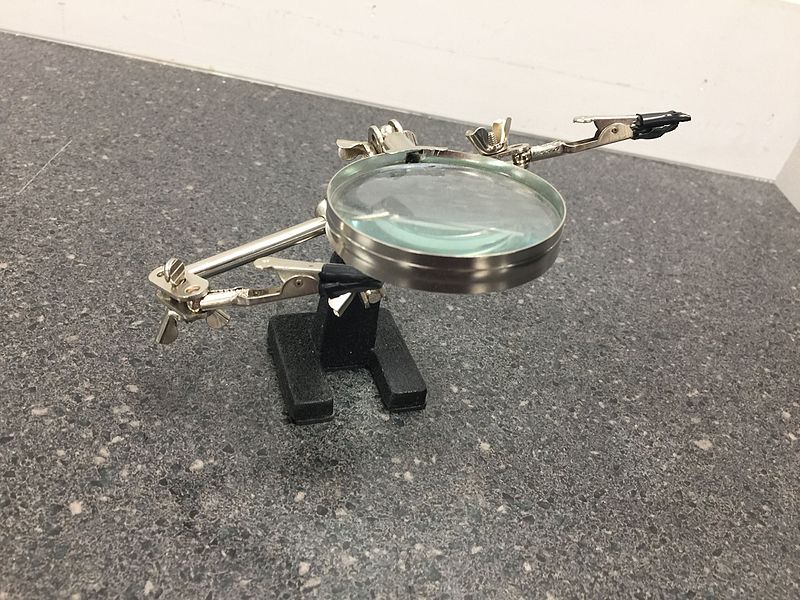
Helping hands are the nifty tools that hold together components when soldering or assembling projects. It has a magnifying glass, clippers that can keep the parts in place, and an adjustable jig used in craftwork. Like the other tools, this will save you time and avoid having many difficulties, especially when holding things together.
Using helping hands, especially in soldering, is very important when working with circuitry in electronics. When purchasing this tool, make sure it has a strong base or stand.
Magnifying Glass
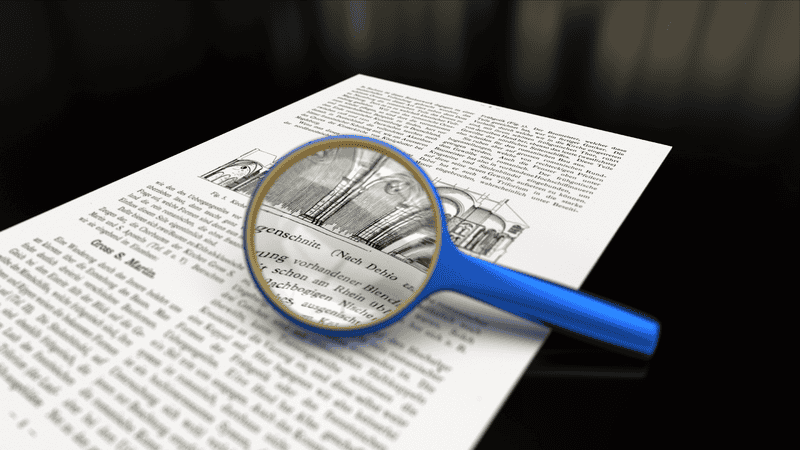
Having a magnifying glass is optional, but really helpful. A magnifying glass is a convex lens use to produce a magnified image of an object. They are useful when trying to see labels on components or trying to find broken solder joints. Thus, they are usually present in electronic and electrical laboratories.
Multimeter
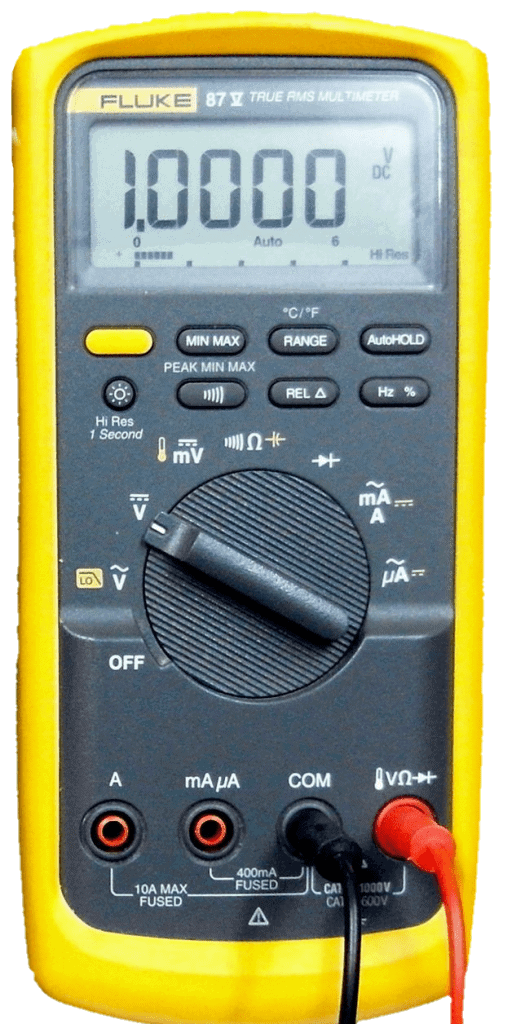
A multimeter is an electronic measuring instrument that has multiple functionalities; hence it is also called a multitester. Typically, these functionalities include the ability to measure voltage, current, and resistance. This measurement tool is essential for troubleshooting due to its capacity to measure with a high degree of accuracy. This device with a positive and a negative indicator is a useful tool that helps users from simple tests, faults detection, to sophisticated diagnostics. Electricians, engineers, and even students find it necessary to have a multimeter in their possession. Multimeters come in analog and digital versions. These are available in a wide range of features and prices.
Variable Power Supply
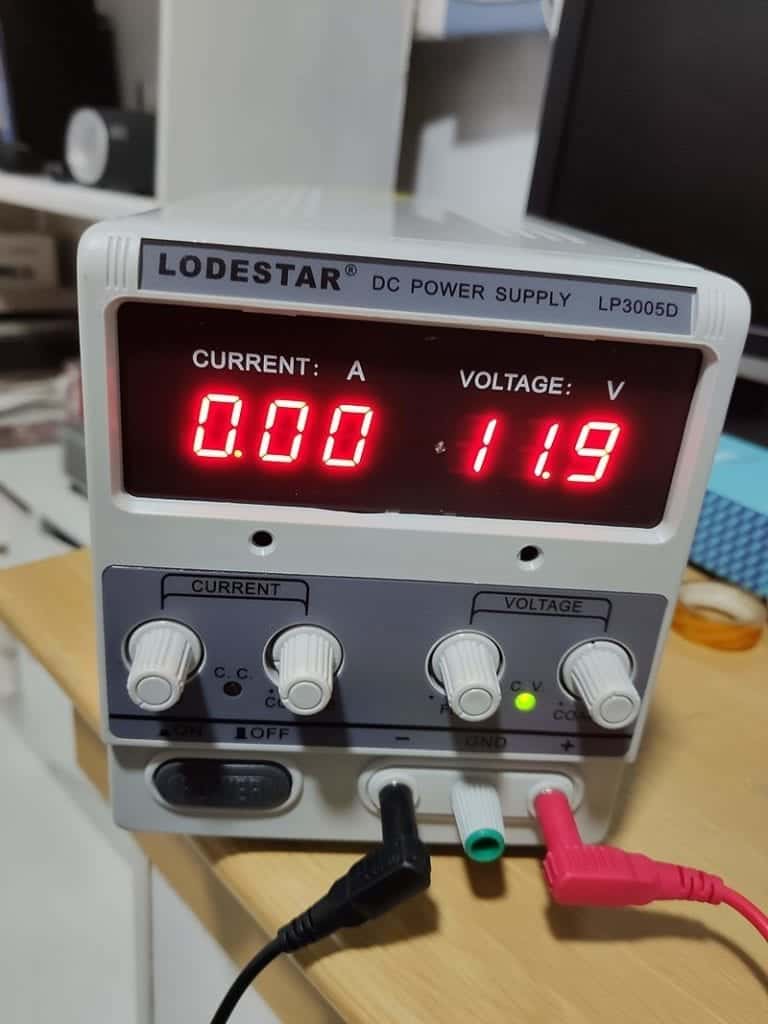
A variable power supply is essential for your circuitry to work. A battery is an example of a power supply. Now, in experimentation and tests, it is best to use a variable power supply that can provide a range of voltages and currents.
Variable power supplies are always present in electrical or electronic laboratories. It is beneficial to have one.
Oscilloscope
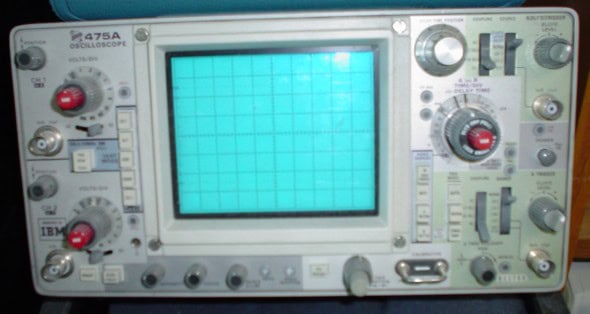
Oscilloscopes are used to test, service, and repair electronic circuits. Oscilloscopes can detect electronic waveforms and digital signals, and display them in an easy to read way on a monitor. They’re the best way to troubleshoot any problems in your circuits.
Oscilloscopes can detect sine waves, sawtooth waves, and square waves. The waveform can be analyzed for properties such as amplitude, frequency, rise time, time interval, distortion, and others.
Signal Generator

Signal generators are electronic devices that generate electronic signals. These generated signals are used as a stimulus for electronic measurements, typically used in designing, testing, troubleshooting, and repairing electronic or electroacoustic devices.
Signal generators have different types for different purposes and applications. It includes function generators, RF and microwave signal generators, pitch generators, arbitrary waveform generators, digital pattern generators, and frequency generators. Most of these are in electrical and electronics laboratories.
A function generator is usually a piece of electronic test equipment or software used to generate different types of electrical waveforms over a wide range of frequencies. Some of the most common waveforms produced by the function generator are the sine wave, square wave, triangular wave, and sawtooth shapes. These waveforms can be either repetitive or single-shot.
So there you are! Ready these tools and equipment as you start your own electric and electronic projects. Feel free to leave a comment below if you have questions about anything!
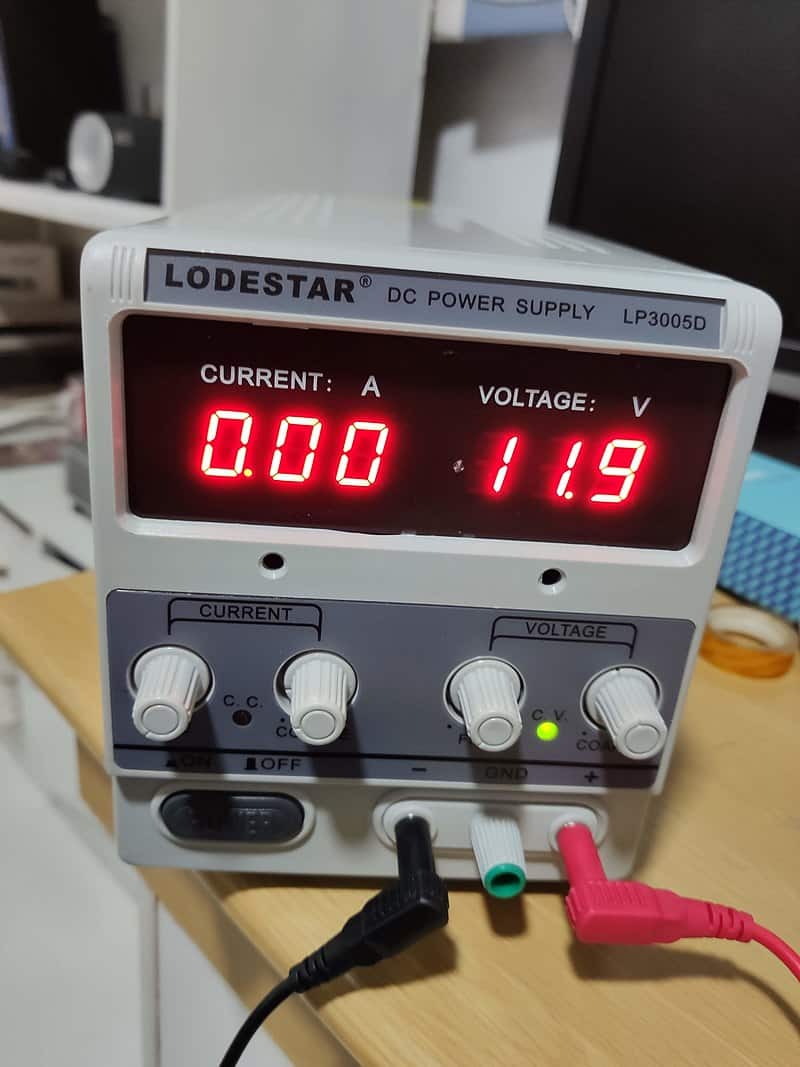


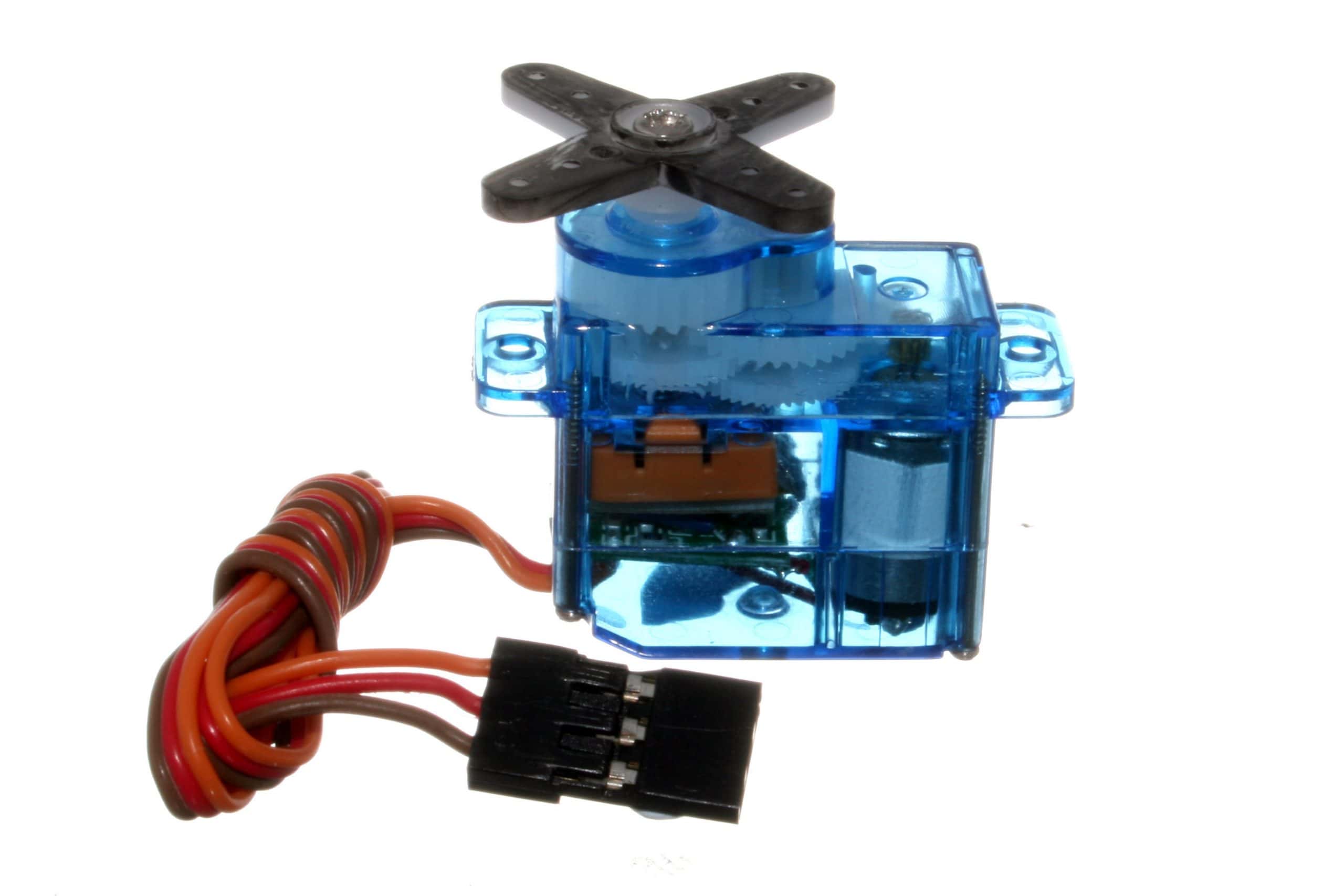
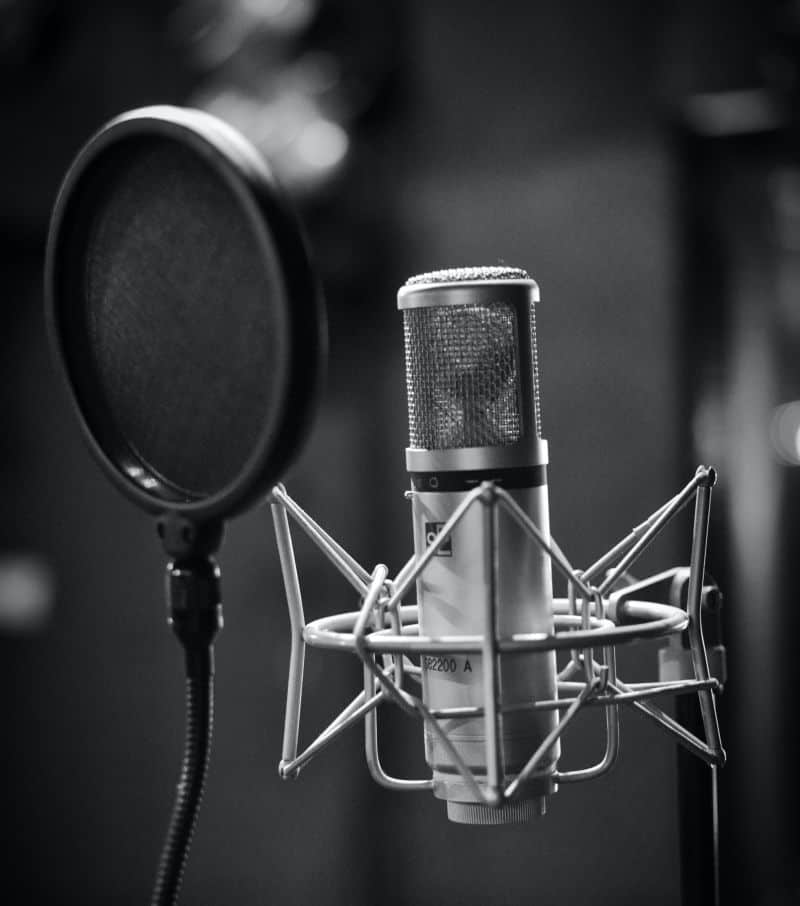
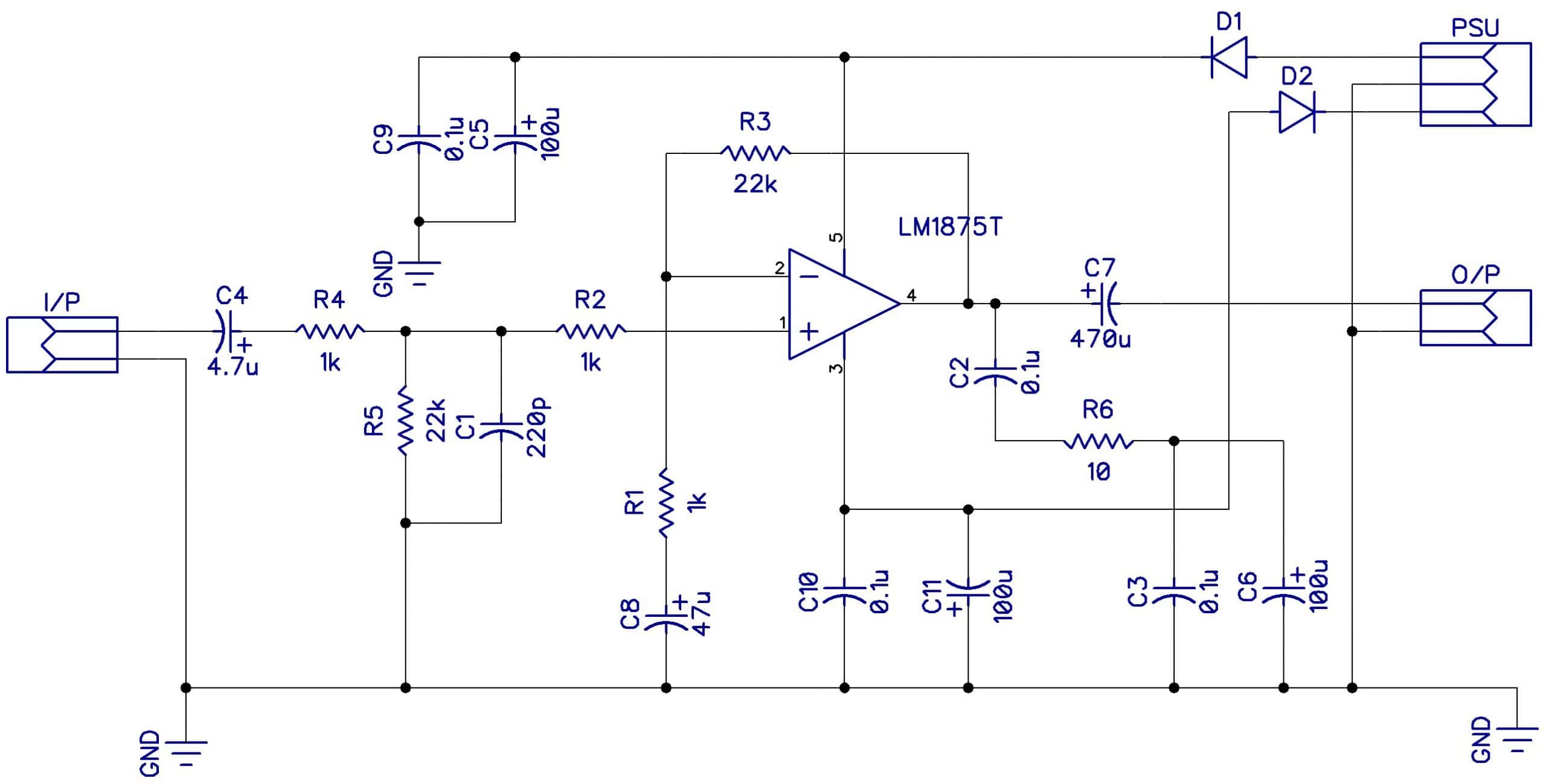
You cover parts of soldering but left out the actual solder. What kind of solder do you recommend? There are so many choices!
For health and safety I would suggest a lead-free solder
Can any one please help me to design the circuit diagram to drive a 10 x 10 LED matrix where I can control a single LED at a time. i.e. if I press 99 on keyboard respective single LED should only glow. If I press 63 or any other number respective LED only should glow.
I’m planning a little DIY project at home, so I’m hitting up the hardware store this weekend to grab some essential tools. It’s time to get my hands dirty and tackle a few home improvement tasks that have been on my to-do list for a while. Anyway, thanks for letting me know that precision screwdrivers are tools that can be powered or manual and are often sold in sets as they are used mostly by jewelers for installation and removal.
танк 300 купить в спб [url=https://tankautospb.ru/models/tank-300/]https://tankautospb.ru/models/tank-300/[/url] .